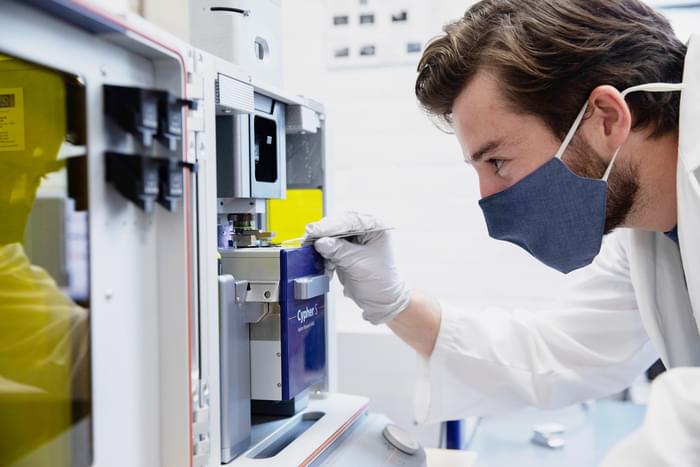We suggest an interpretation of quantum mechanics, inspired by the ideas of Aharonov et al. of a time-symmetric description of quantum theory. We show that a special final boundary condition for the Universe, may be consistently defined as to determine single classical-like measurement outcomes, thus solving the “measurement problem”. No other deviation is made from standard quantum mechanics, and the resulting theory is deterministic (in a two-time sense) and local. Quantum mechanical probabilities are recovered in general, but are eliminated from the description of any single measurement. We call this the Two-time interpretation of quantum mechanics. We analyze ideal measurements, showing how the quantum superposition is, in effect, dynamically reduced to a single classical state via a “two-time decoherence” process.







